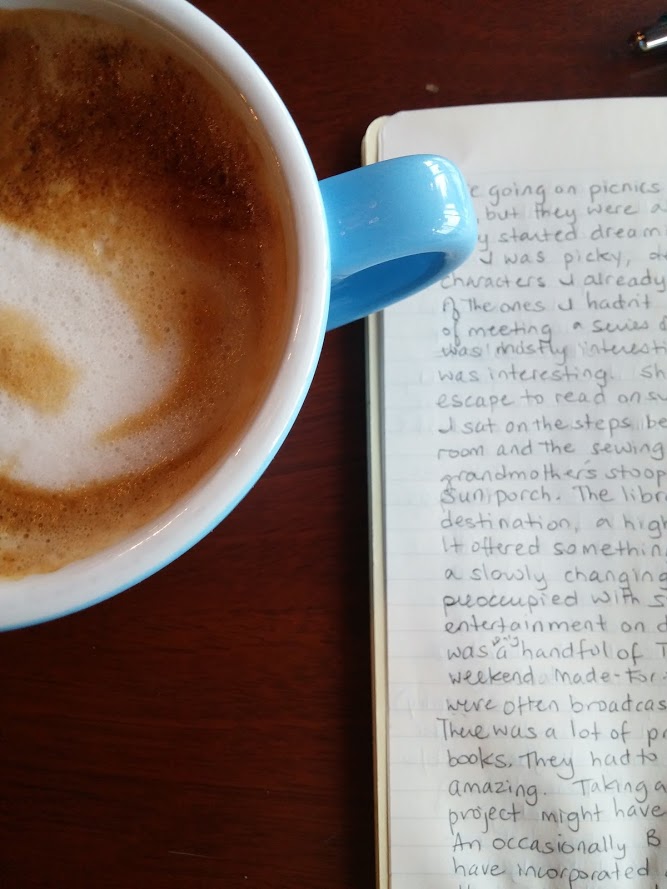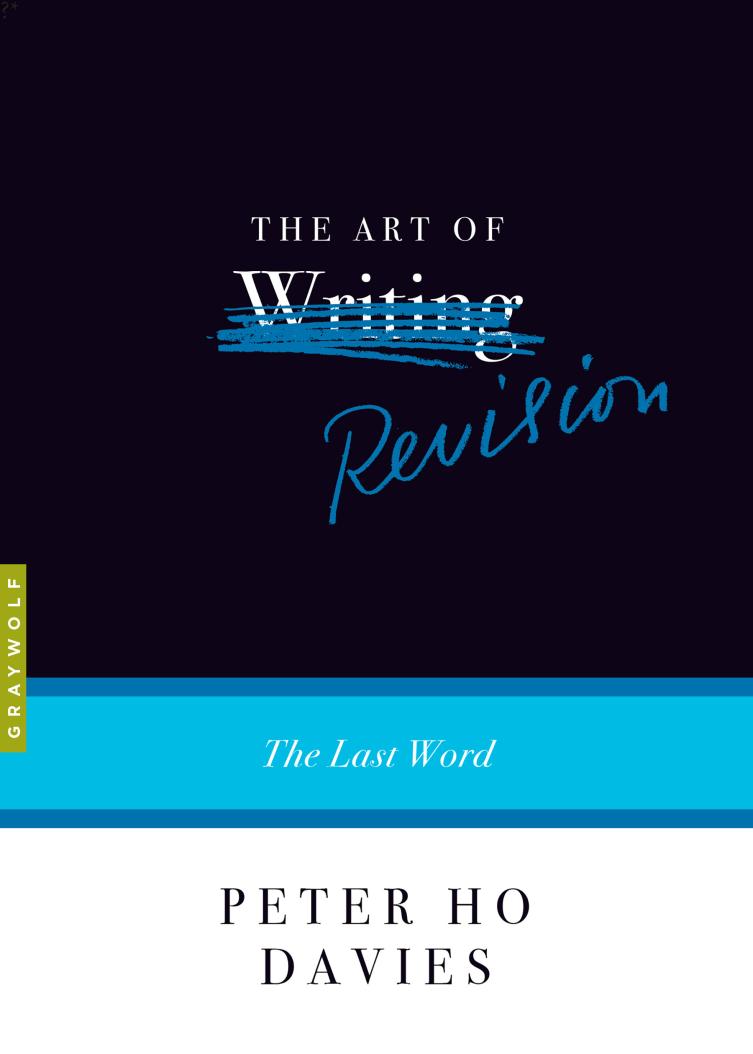This Graywolf series is a mainstay in my writer’s stack: whatever the theme, whoever the author, I’m down for it.
Admittedly, however, there are topics that pull me into the reading more quickly: The Art of Time in Memoir by Sven Birkerts immediately appealed, whereas The Art of Mystery was unexpectedly relevant.
My hunch is that my response is more to do with the author than with the topic (although obviously that author selected that topic as a meaningful aspect of craft for them, so there’s a relationship).
Davies defines revision succinctly: “Call it, for now, the sum of what changes, and what stays the same, and the alchemical reaction between them.”
Then he elaborates and hints where the complexity lies: “Revision, after all, is the journey of a story—the story of a story, if you like—and of its writer’s relationship with that story. As such—like any journey, like any story—it has a beginning, a middle, and an end. The beginning of revision, appropriately enough, is vision. Yet seeing revision is easier said than done.”
To demonstrate the art of seeing revision, Davies considers the first and last published stories by American author Flannery O’Connor: “The Geranium” and “Judgement Day”. One opens Complete Stories and the other closes it (the collection was 1972’s posthumous winner of the National Book Award in the United States). The discussion is detailed and mechanical; it’s just the kind of gritty analysis that writers honing their craft will appreciate.
Davies also considers the impact on Raymond Carver’s short stories of his editor, who pared down Carver’s narrative into what readers view as Carver-esque, quintessentially polished and exacting, which is actually as much Lish’s style as Carver’s. This is fascinating because Carver wasn’t tossing early drafts to his editor: Carver revised the work many times himself.
All these different layers of seeing, of revisioning, provoke even more contemplation: “(It’s worth noting at this point that while Carver’s versions of these stories predate the Lish versions, they’re by no means early drafts. Carver is on record as saying, ‘I’ve done as many as twenty or thirty drafts of a story. Never less than ten or twelve drafts.’)”
I also really appreciated Davies’s ideas about adjacent craft questions. For instance, his discussion of endings, when he says that not all endings need to be breath-taking, because “the right ending can also make us exhale, sign with aesthetic satisfaction.” This isn’t a book about endings, but when revision is considered a journey, then the destination matters a great deal.
One of the most intriguing ideas, for me, is what Davies views as “the sheer ubiquity of revision” in the form of “[r]emakes, reboots, retcons, sequels, revisionary ratios.” This broadens the cultural conversation, so it’s not only about elements of craft but also raising questions about the audience and what the revisioner’s choices “amount to, what they serve…the elaboration, articulation, alteration, and enriching of meaning.”
A great resource for writers.
Peter Ho Davies. The Art of Revision. Minneapolis: Graywolf, 2021.


Reason no. 27 why I’ll never be a writer is that I can never bring myself to do more than the most minor revisions.
Thinking of the Carver-esque style, I read recently that Orwell was forced into his spare style by the editor for Down and Out in Paris and London. I would say I found the earlier (written) Burmese Days less Orwellian (?), let’s just say less spare, in fact not really spare at all.
I do spend far more time with revisions than with actual writing, but I prefer to do it in a very particular mood (which doesn’t strike often) so I can understand that.
That’s so interesting! Sometimes I wish readers had more insight into this process, but I can also see why many writers/editors would prefer to keep that kind of information quiet.